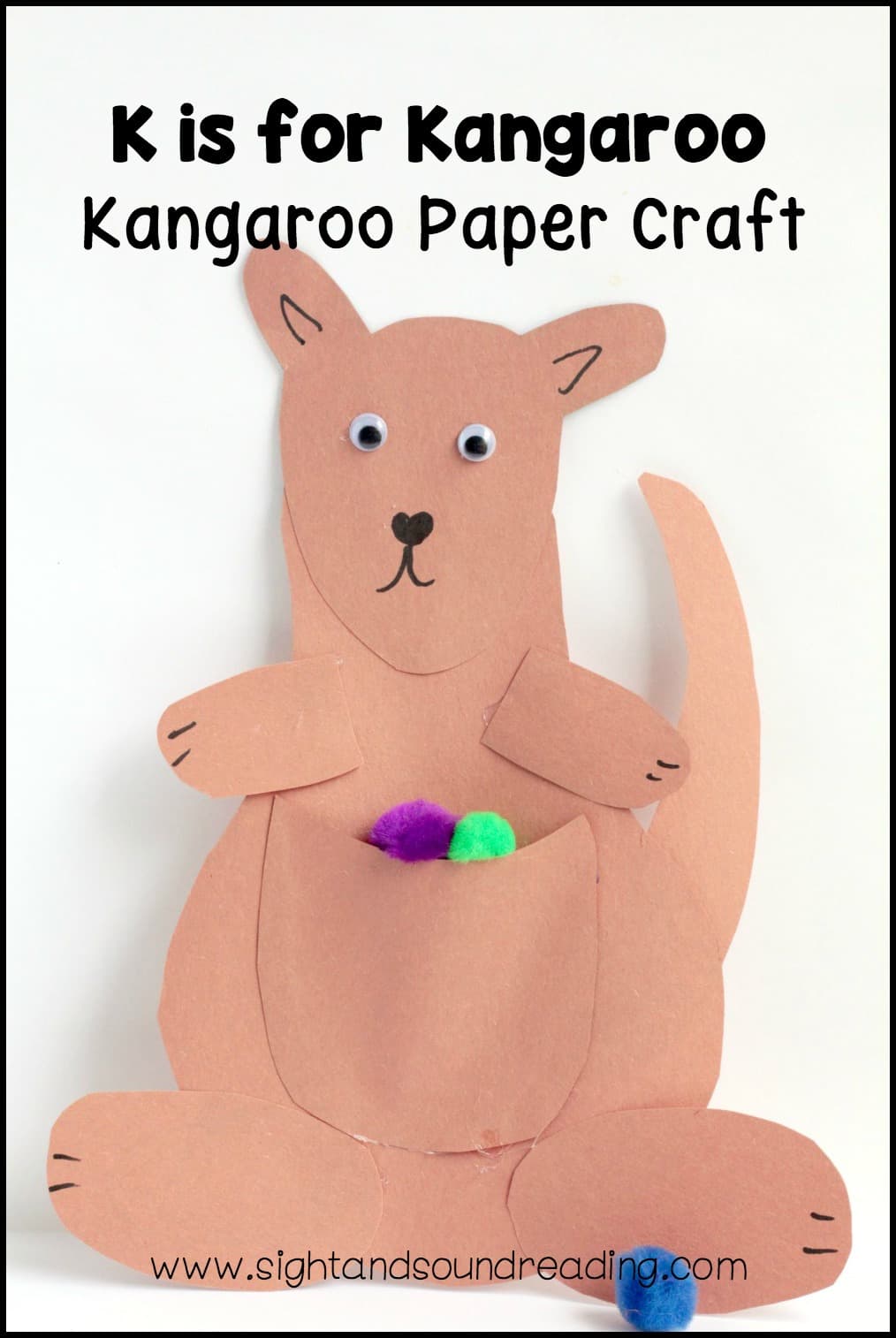Are you wanting to explore the great Australian outback in a creative way with your kids or students? This movement and dance activity is a perfect compliment to learning about animals from Australia and a great way to meet school dance and arts curriculum expectations as well!
This 15-minute dance lesson about Australian Animals explores moving our bodies in fun and creative ways to carefully selected music, specially chosen to help ignite the imagination and provide a beat and rhythm to dance to. We jump like Kangaroos, run as emus, and soar with the wedge-tailed eagles!
This lesson is great for an extended brain break in the classroom or even as a springboard to ignite learning in various areas of the curriculum both at school and for home learning. It is also just a lot of fun to do for any reason – especially if you are after some interactive screen time for your kids or toddlers.
Click here to go straight to a playlist on Youtube of dance classes by Move Dance Learn. Don’t forget to subscribe to get notifications as the library is growing every week!
CRAFT ACTIVITIES

LINKS TO THE SCHOOL CURRICULUM
Having taught in Australia as I have a Bachelor of Education (Primary), and I am always looking at ways to creatively teach children and regularly used dance and movement in my classroom to enforce learning of concepts and material we were learning about in different areas of the school curriculum.

The following are some links and connections that can be made from this movement lesson to various other areas of learning!
Mathematics and Arithmetic
- Use the image of a kangaroo jumping when teaching and learning about the jump method in addition and subtraction. Create a number line with chalk or tape on the floor and kids can physically jump from one number to the other when adding and subtracting.
- Find
- Investigate how far a kangaroo can jump, an eagle can run or how far an eagle can fly and compare the distances and measurements.
- Which is faster? A kangaroo, emu or eagle? Research and investigate to find out and compare animal speeds.
- Count the number of teeth each animal has, what is the difference between each, which has more and less.
- Use Australian animal figurines to show counting and arithmetic problems visually. Use them to create patterns and explore algebra.
English and Literacy
- Create a spelling list of Australian Animal related words.
- Create a list of adjectives and verbs that describe Kangaroos, Emus, and Wedge-Tailed Eagles.
- Recount a time you have visited a zoo or been in the bush and seen animals such as Kangaroos, Emus, and Wedge-Tailed Eagles.
- Write a narrative about going on a bush adventure that includes a Kangaroo, Emu, or Wedge-Tailed Eagles.
- Research and then write a report or explanation about Kangaroos, Emus, and Wedge-Tailed Eagles.
- Write an argumentative or persuasive essay expressing your position about why one of these animals is your favorite. For older children, an exposition on issues such as culling the kangaroo population in Australia, or eating kangaroo meat could be explored.
Social Studies, Science & Technology
- Learn about the terrain and scope of the Australian Bush and grasslands and why these animals thrive in this type of environment.
- Visit these animals at a sanctuary or zoo.
- Learn about the Australian Bush and grasslands where these animals thrive. Why are these aninmals and environments unique to Australia? What makes them unique or different from a forest or jungle?
- Explore how these animals have evolved over time.
- Learn about the life cycles of the animals.
- Roleplay being a vet for a zoo, national park or animal sanctuary – create a veterinarian clinic at home or in the classroom and discover how to care for these animals. (links to biology)
- Australian animals play a major role in the traditions of the Aboriginal people who have lived in Australia for tens of thousands of years. Can you frame your research to look at these animals from an indigenous perspective – what stories, histories and relationships between the people and the animals can you find?
Geography
- Mark on a map of Australia where kangaroos, emus and eagles are more commonly found.
- Mark on a map where different species of kangaroo for example the red or grey can be seen.
- Do eagles migrate? If so, can you create a map of their migration of flight patterns?
Recent Posts
Here at Move Dance Learn, we create dance videos for kids. We have so many to offer, but thought we would put together a list of our top ten dance tutorials for kids to make them easy for you to find...
Here at Move Dance Learn, we create dance videos for toddlers, preschoolers and kindergartners. We have so many to offer, but thought we would put together a list of our top ten dance videos for...








